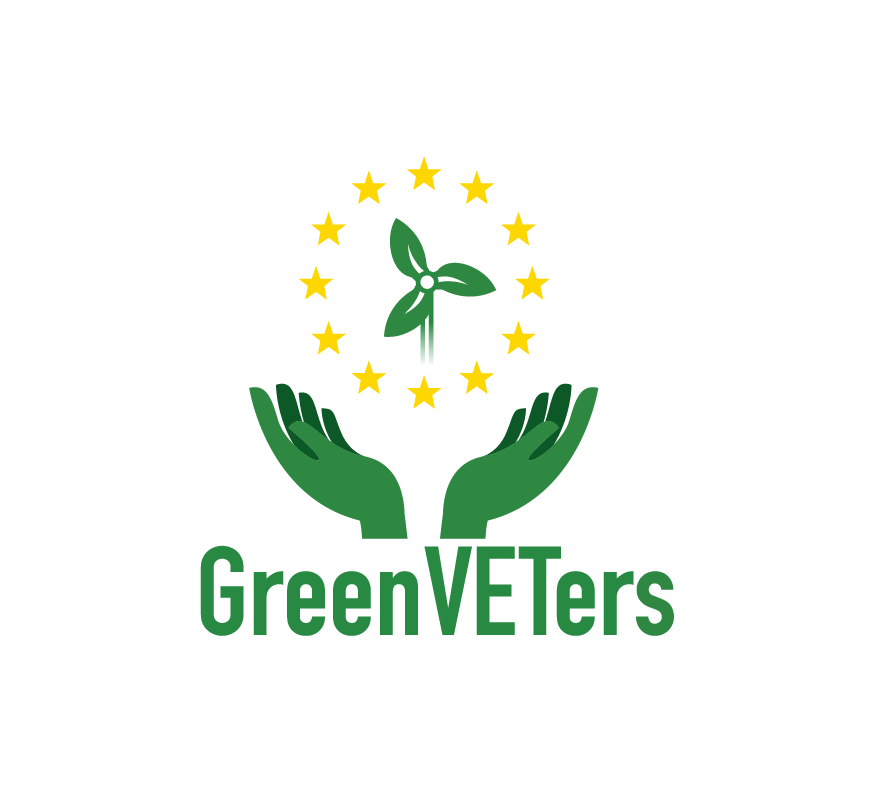Irrigation is the set of practices that involve the application of water to plants in an artificial manner. It is becoming increasingly important as the world’s population continues to grow and the demand for food increases. These techniques require the use of various methods, equipment, and systems to provide the necessary amount of water and moisture for crops while maximising production results and minimising costs for the producer.
Irrigation is not just about providing water to the soil, but also about calculating the exact amount of water needed for a crop and ensuring that it is delivered to the soil in a consistent and regular manner. Proper irrigation management helps to create a
sustainable environment for crops by optimising the use of water resources and minimising the risk of soil erosion and nutrient leaching.
There are different types of irrigation systems, such as surface irrigation, subsurface irrigation, and drip irrigation, each of which has its own advantages and disadvantages. The selection of the appropriate irrigation system depends on factors such as soil type, topography, water availability, and crop type.
The use of sensors and technology, such as soil moisture sensors and weather forecasting, can greatly improve the efficiency and sustainability of irrigation systems. By monitoring soil moisture levels and predicting weather patterns, farmers can make
more informed decisions about when and how much to water their crops, reducing water waste and maximising crop productivity.
All in all, irrigation is a crucial aspect of permaculture, as it helps to create a sustainable environment for crops by providing the necessary amount of water and moisture for growth. The use of modern irrigation techniques, equipment, and technology put
together with proper management, can improve the efficiency and sustainability of agricultural systems and increase crop yields.

